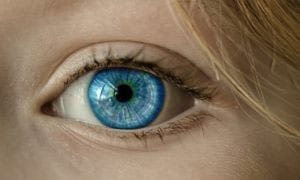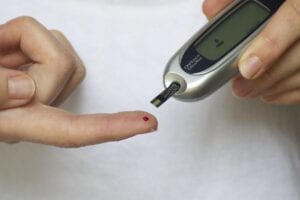According to a story from Healio, analysis of the FDA Adverse Events Reporting System database indicates that tirzepatide has a superior safety profile when compared to GLP-1 inhibitors that have begun to see wide use in recent years. The risk of gastrointestinal events appeared comparable, but the risk of pancreatitis and diabetic retinopathy, to significant complications, appeared lower.
These findings were presented by Irene Caruso, MD, of the University of Bardi Aldo Moro, based in Italy. The presentation took place at a meeting of the European Association for the Study of Diabetes and also saw publication in the Journal of Endocrinological Investigation.
The analysis found a total of 20,409 reports and 1,432 adverse events associated with use of tirzepatide. Around 38% of these events were linked to injection site reactions or incorrect administration of doses. When compared to other drugs in the database, the medication was associated with an increased risk of medullary thyroid cancer, gastrointestinal issues, diabetic retinopathy, biliary cholic, and pancreatitis. However, when compared against other therapies of the GLP-1 class, the risk of pancreatitis and diabetic retinopathy was reduced.
When compared against other treatments, like insulin or SGLT2 inhibitors, the risk of gastrointestinal symptoms was higher.
Caruso and the research team noted that more rigorous research with a longer follow-up duration would deliver more definitive results. Other areas of research include studies to investigate the impact of tirzepatide on biliary and gallbladder function.
About Diabetic Retinopathy
Diabetic retinopathy, sometimes called diabetic eye disease, is a condition in which the retina sustains damage as a result of diabetes. Nearly 80% of patients who live with either type of diabetes are affected after 20 years. Prompt treatment can greatly reduce the risk of progression, but the condition remains a major cause of vision loss in developed countries. In the US, it accounts for 12% of all new blindness cases and is the leading cause for people aged 20-64. The condition may not inflict any symptoms at first, but most people eventually have blurry vision, vision loss, distorted or darkened images, and eventually blindness. While there is no cure for the disease, it can be treated very effectively; methods include injected corticosteroids/anti-VEGF agents, vitrectomy, and laser surgery. These treatments, when done early in the disease course, can prevent vision loss. To learn more about diabetic retinopathy, click here.





